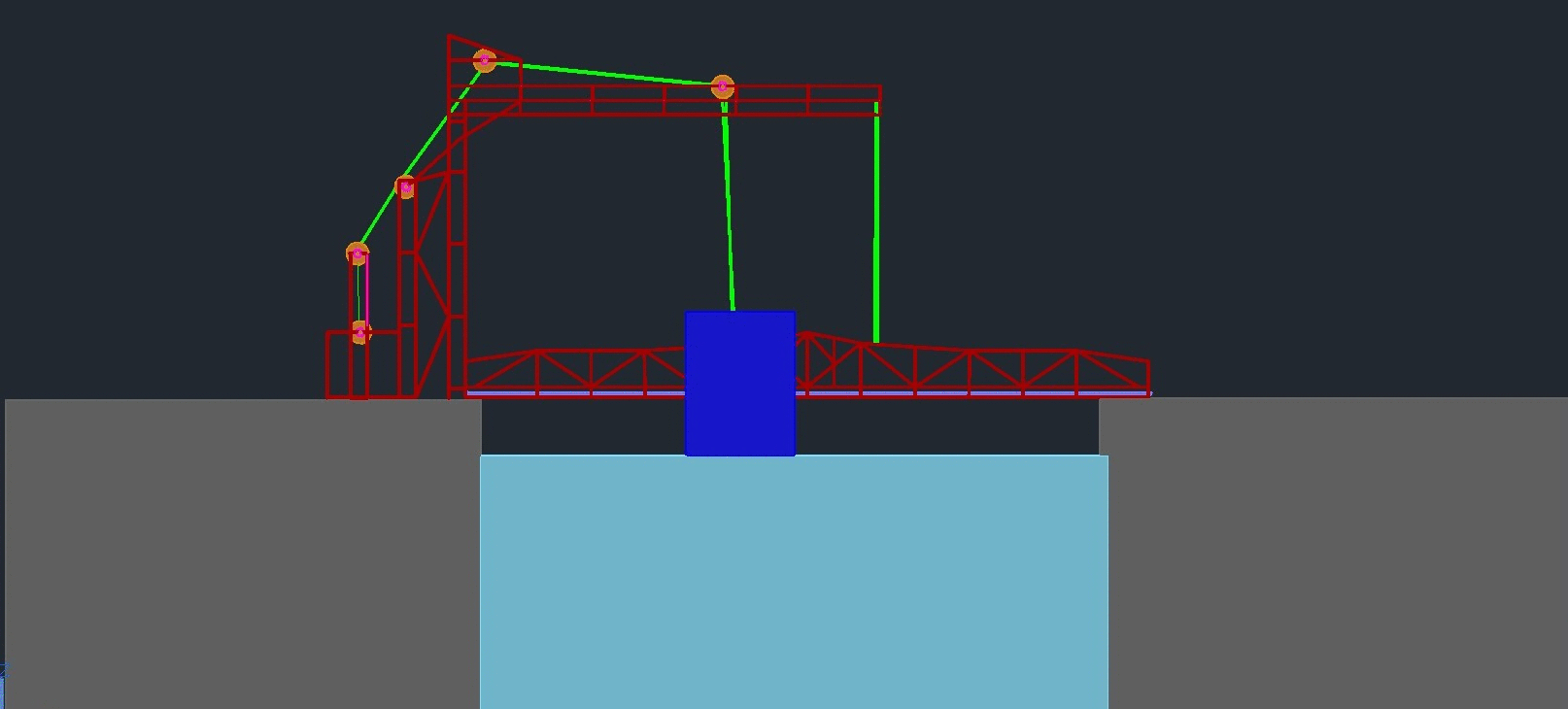
Form & Function
Theory / Conceptual Issues:
The relationship of form and function has been a central theme in architecture since the enlightenment. The core issue is whether a building's form should truthfully express its function or should it be independent of its function. The outcome of this issue provides a rational for architectural design. 17th century architect Claude Perrault was one of the first architectural theorists to separate the issue in this thesis of positive beauty and arbitrary beauty. Perrault was also a medical doctor and understood the function of the human body and that beauty can expressed in that function. According to Perrault, positive beauty plays a normative role of standardization and perfection in design that typically is expressed through the classical rules and language of architecture (i.e., the science of Math/Music rations, proportions and geometries that underlie designs up until the Enlightenment). Arbitrary beauty on the other hand is subjective and culturally constructed. It can be expressive of function and its particular circumstances and requirements, like our bodies. The late Nineteenth Century architect Louis Sullivan coined the contemporary phrase, "form follows function… It’s the Law." Sullivan was talking about all things living and how their shape was based on function, i.e., fish, birds, people. This is the concept as we know it today.
This project examines the relationship of form and function in architectural design. It encourages the awareness of truth, whatever position the designer takes, and promotes the arbitrary aesthetic of “functional” beauty.
Below are the conceptual spans I chose as inspiration to begin the design process. The idea was to take an everyday object and use it to create a mechanism to open a bridge so that at 30'x40' object could pass below.
bridge
date. Fall 2021

Mechanisms: C-clamp, Apple Corer, Lamp







